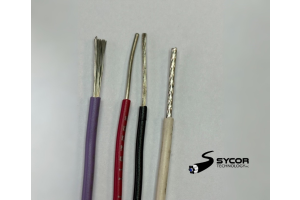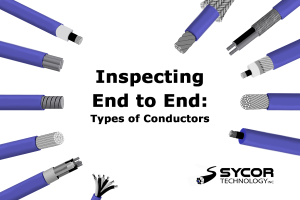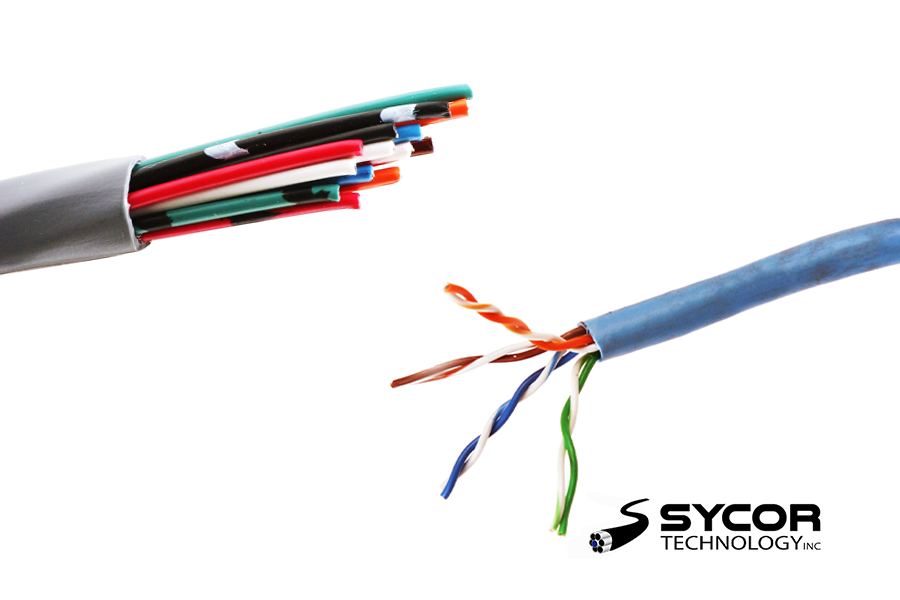
Multi-Conductor & Multi-Pair Basics
The multi-conductor construction also consists of a small range of different gauge sizes (AWG), which are typically 14, 16, 18, 20, 22, and 24. The overall construction of the multi-conductor cable varies, but a consistent attribute that is available across all products is the different shielding constructions. Whether you're using a multi-conductor tray cable or a general-purpose multi-conductor, each construction is a reliable choice for a specific set of applications.
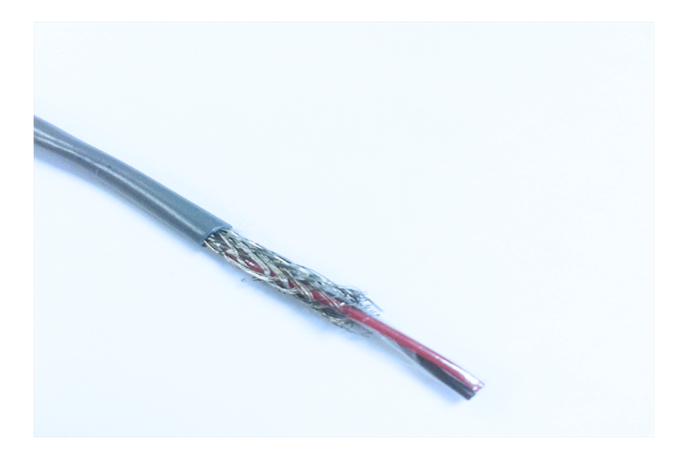
Multi-Conductor Shielding Configurations:
The shielding is an important part of a multi-conductors construction, but not a mandatory one because it's the portion of the cable that blocks all incoming EMI. EMI or 'Electromagnetic Interference,' "is when the radio frequency spectrum, has a disturbance generated by an external source that affects an electrical circuit by electromagnetic induction, electrostatic coupling, or conduction" (Wikipedia). Being a constant issue in data applications, the multi-conductor and multi-paired cables are the specialized solutions for these common transmission, control circuits, and recording application issues.
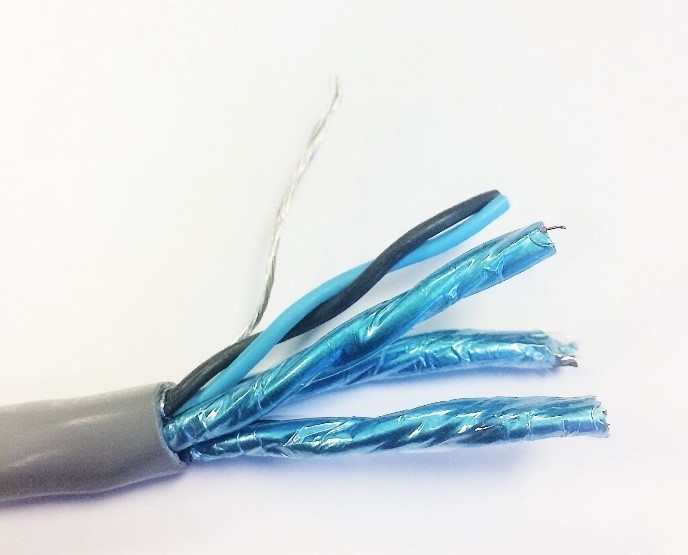
Multi-Conductor Cable Applications
Multi-conductor and multi-pair cables are often referred to as 'electronic cables' and 'data cables'. They're typically referred to as these terms because of the applications they’re used for. Some of these applications are in remote-control circuits, data transmission systems, audio systems, communication systems, high-voltage power transmission, and many different types of kinds of video recording applications.

Difference Between Multi-Conductor & Multi-Pair Cables
The most noticeable difference between these cabling products is the construction, specifically the conductors. A multi-conductor cable consists of multiple cores, while a multi-paired cable (commonly referred to as twisted paired cables) has the conductors twisted into pairs of 2 or 3. The twisted pairs are generally used in the communication and computer industry because of twisting constructions' ability to stop different levels of noise, crosstalk, and other EMI issues. In short, multi-conductor cables are more general-purpose cables that perform very well in power distribution applications, while multi-paired cables excel at transmission, recording, and computer applications.
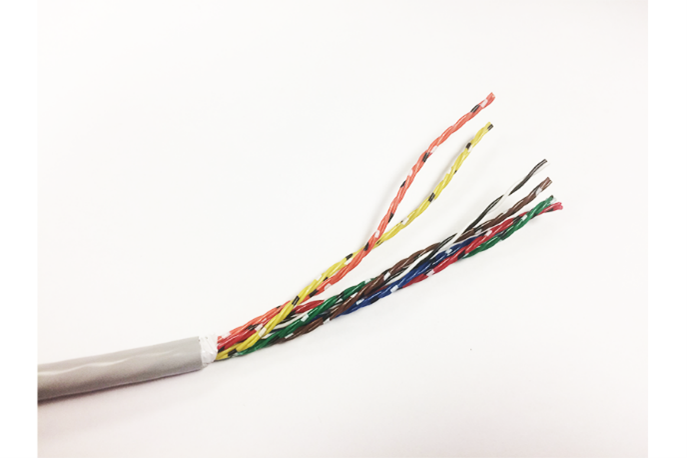
The multi-conductor and multi-paired cables are general-purpose cables, that can be combined with a wide range of value-added services, shielding, or armouring for just about any application.
For more information about us:
Call Toll Free - 1.800.268.9444 or Email Us - [email protected]


